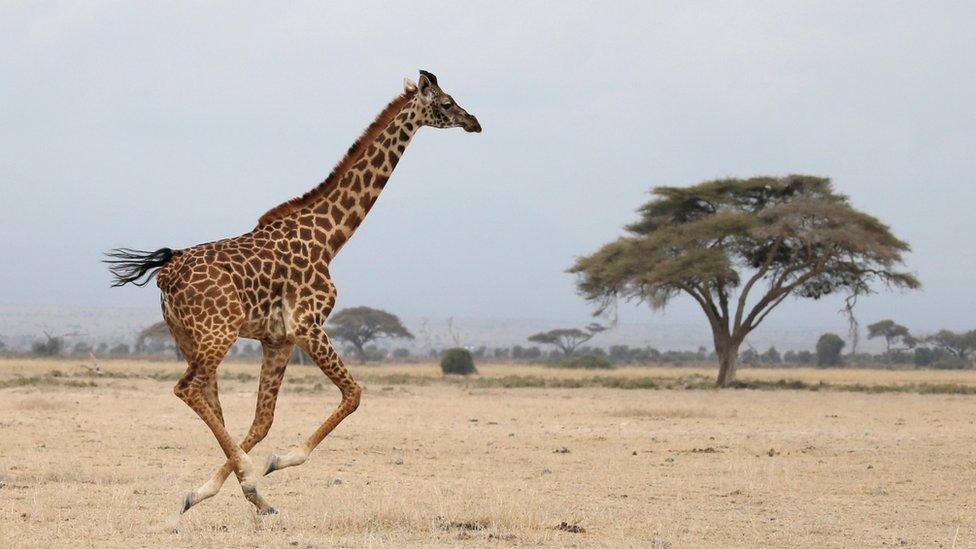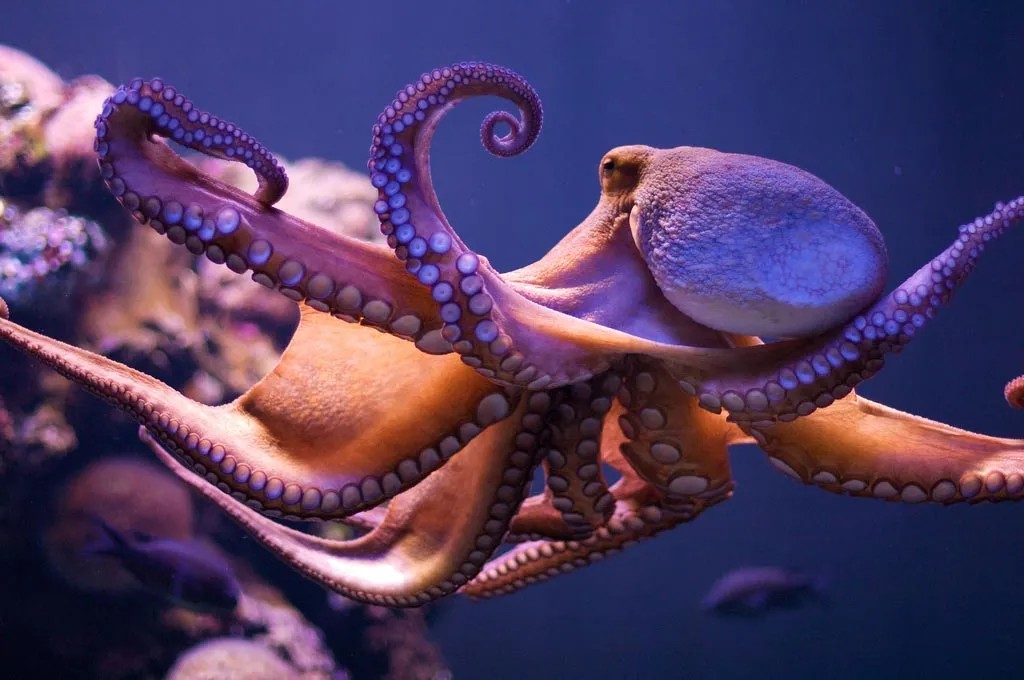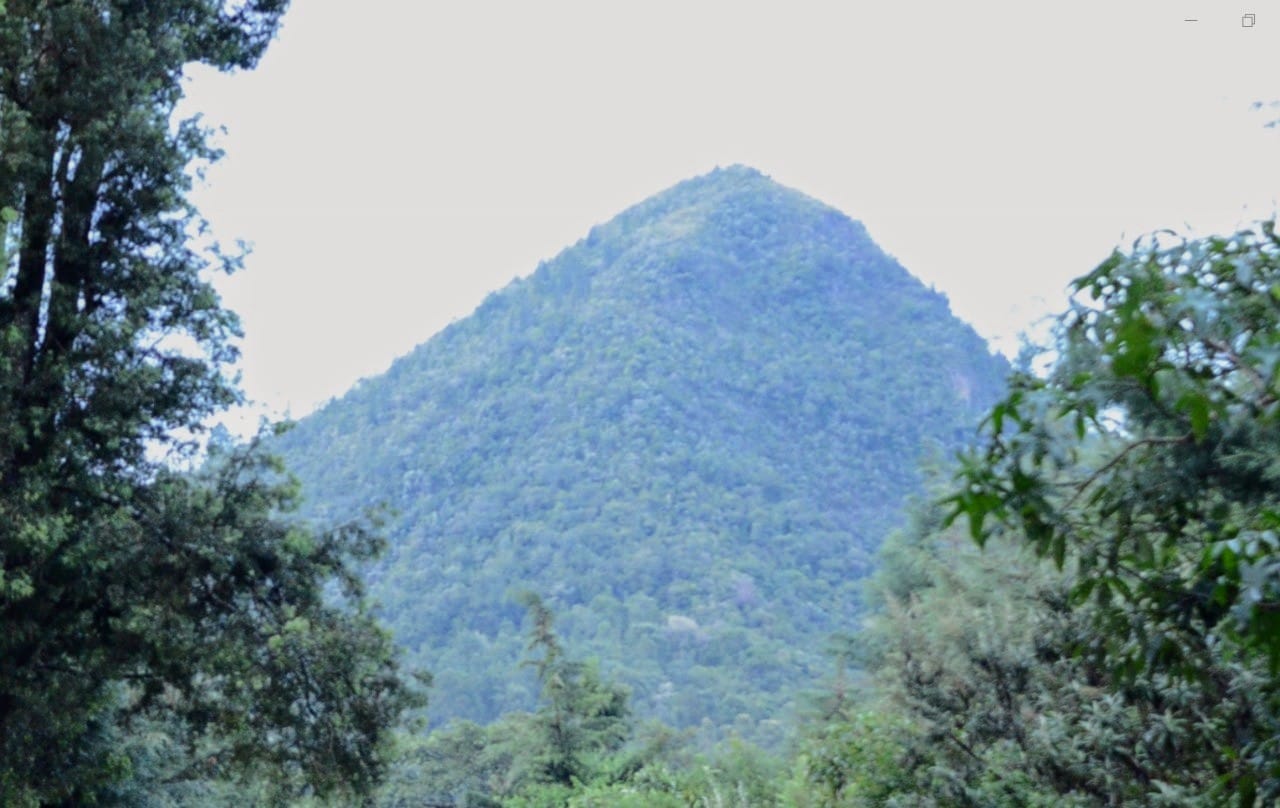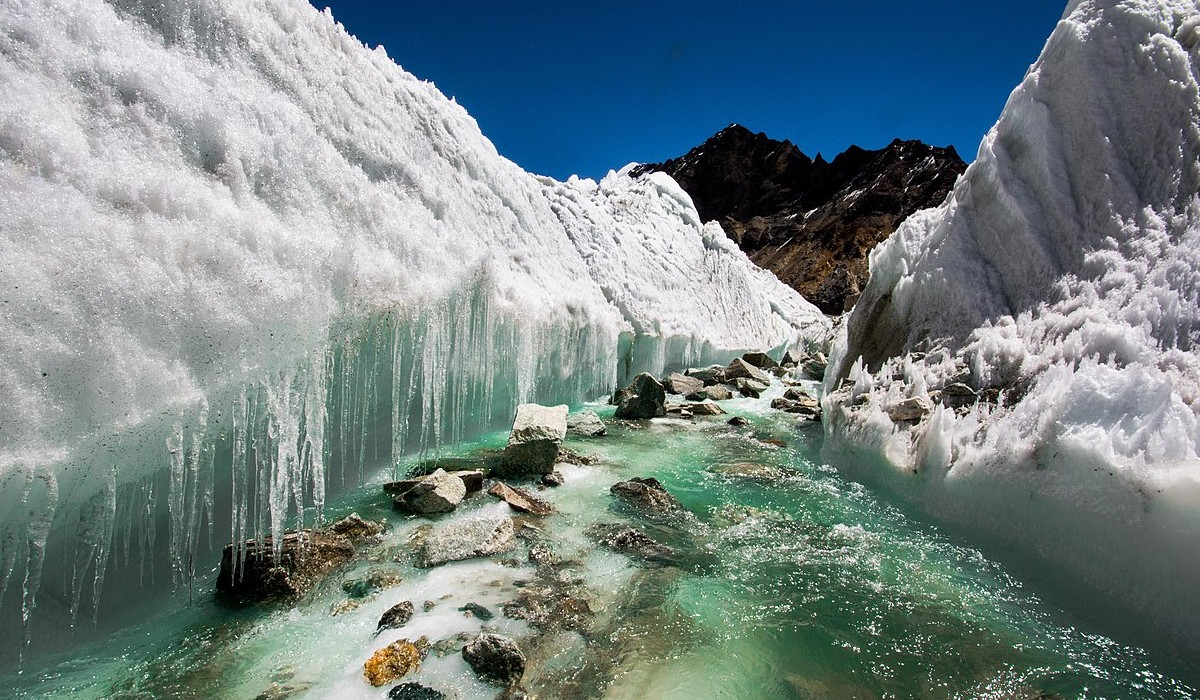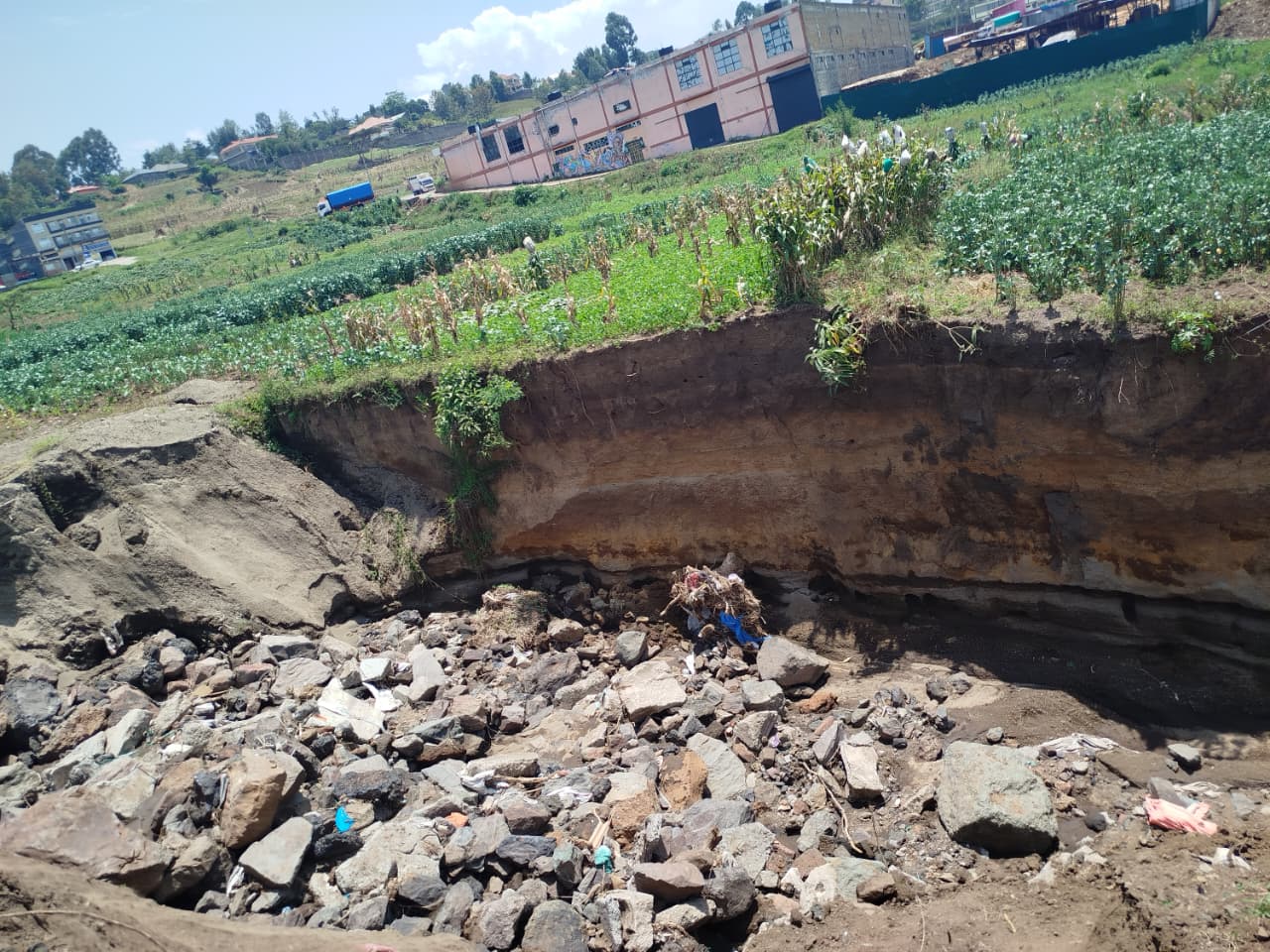- While the giraffe has long been admired for its height, grace, and gentle presence, this day serves a deeper purpose. It’s not merely a celebration of an iconic species, but a collective call to awareness, reflection, and action.
June 21st marks the annual World’s Giraffe Day, a symbolic occasion held on the longest day of the year in the Northern Hemisphere.
While the giraffe has long been admired for its height, grace, and gentle presence, this day serves a deeper purpose. It’s not merely a celebration of an iconic species, but a collective call to awareness, reflection, and action.
Often overlooked in discussions of conservation, giraffes play a crucial ecological role in maintaining the delicate balance of savannah ecosystems. Their browsing habits help regulate the growth of trees and shrubs, ensuring that light reaches the ground and supports the growth of grasses.
These grasslands provide food and shelter for numerous herbivores, from zebras and antelopes to warthogs and hares. By simply feeding on the treetops, giraffes shape the landscape, indirectly supporting biodiversity.
Moreover, giraffes are important agents of seed dispersal. As they consume fruits and leaves across large distances, they scatter seeds through their dung, promoting natural reforestation and plant diversity.
Read More
Their towering stature also grants them an aerial view of the plains, allowing them to detect predators early and, in some cases, alert other species through behavioral cues. Birds like oxpeckers benefit from their presence by feeding on parasites that live on the giraffes’ skin, further illustrating their interconnectedness with the larger ecological web.
Despite their vital contributions, giraffes are facing a rapid and alarming population decline. In the past three decades alone, giraffe numbers have decreased by almost 40%, with some subspecies now classified as critically endangered.
The reasons behind this decline are familiar, yet no less concerning: habitat loss due to expanding agriculture and infrastructure, illegal hunting and poaching, and the increasing impact of climate change. In many parts of Africa, giraffes are now isolated in fragmented habitats, struggling to survive in shrinking pockets of wilderness.
The tragedy of this decline lies not only in the loss of a species, but in the quiet way it is happening. Often referred to as a "silent extinction," the giraffe’s situation lacks the media attention given to elephants or rhinos.
Yet, its ecological importance is no less significant. As the giraffe fades from the landscape, so too does the balance of the ecosystem it supports.
World Giraffe Day exists to reverse that silence. It reminds us that conservation is not simply about saving animals; it is about preserving entire systems of life.
In Kenya, home to three of the four giraffe species, efforts by organizations such as the Kenya Wildlife Service and the Giraffe Conservation Foundation are central to this mission. But they cannot succeed alone.
There is a need for collective responsibility. Protecting giraffes means protecting habitats, enforcing anti-poaching laws, supporting ecological research, and involving local communities in conservation efforts.
It means investing in education, raising public awareness, and ensuring that conservation is woven into policy and practice. Every individual has a role to play, whether through advocacy, action, or support.
As we celebrate this World Giraffe Day, we must ask ourselves what kind of legacy we want to leave. The giraffe is more than a symbol of Africa’s wild beauty as it is a keystone of its ecosystems. Its survival is tied to the survival of many other species, including our own.
Let this day be more than a moment of admiration. Let it be a turning point and more of commitment to stand tall for the giraffe, as it has stood tall for the planet.

